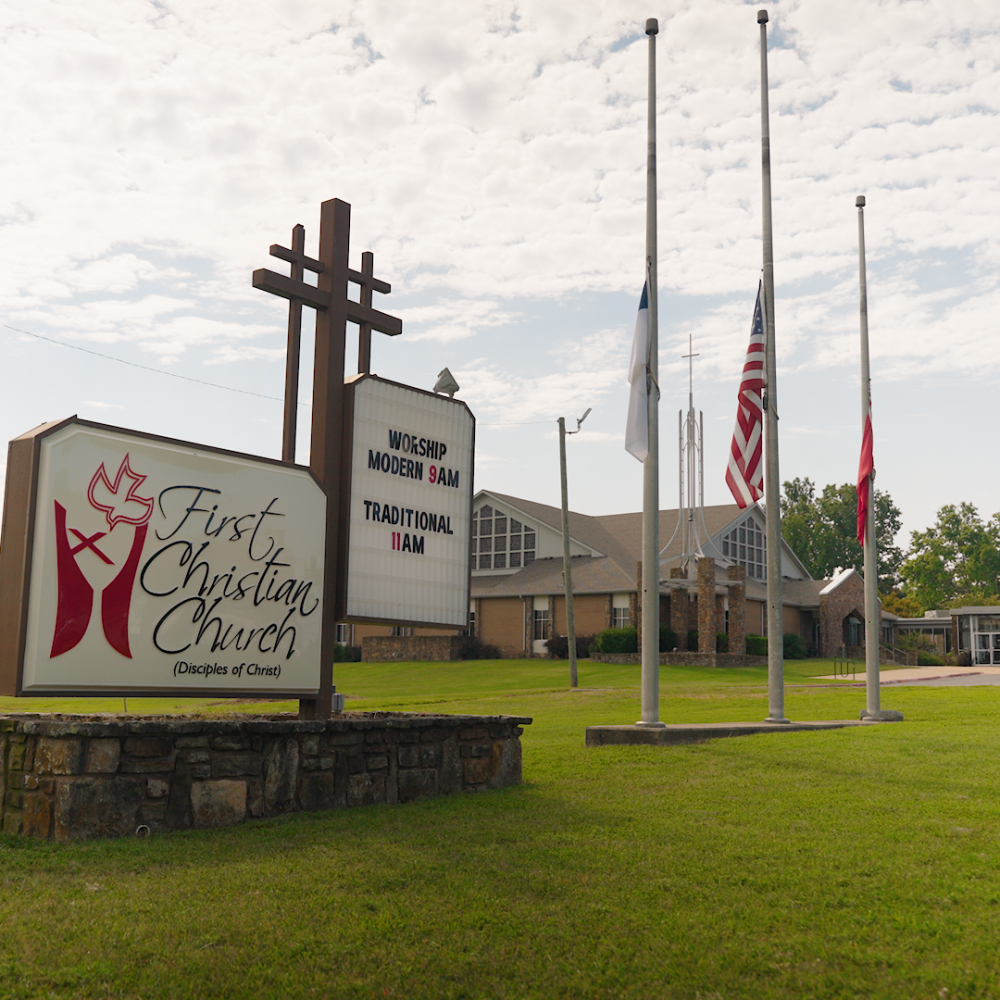Growing up in rural Northwest Arkansas, I was blessed to be immersed in the sights, sounds and scents of nature every day.
My brothers and I spent long afternoons in the woods on the edge of downtown Bentonville, wandering among the dogwood and beech trees, hiking along hillsides and creek beds blooming with bloodroot, playing hide and seek. I’d ride my horse down in the valley and rest with him in the honeysuckle that grew along the banks of Crystal Spring.
This forest, in the Ozarks, served as our backyard growing up – a magical, almost spiritual place. We knew every inch of the land – and loved it. Because this land is so special to our family, my mother wanted her children and grandchildren to do something very special with it.
When I first approached my family with the idea of a museum of American art on this land, in our hometown, I did get a few raised eyebrows. But I am not the first in our family to challenge conventional wisdom. We are rooted in a legacy of bold thinking. It’s how we were raised. So the family came together and envisioned a place cocooned in nature, connected to the land and the community, where people – all people – would feel welcomed and comfortable.
Crystal Bridges Museum of American Art is the realization of that dream. Now, six years after it opened, the museum and its 120-acre grounds have become a destination where visitors – whether from down the road or across the globe – can experience the nature of art and the art of nature in one setting.
Crystal Bridges was founded with the belief that art is for everyone regardless of age, gender, ethnicity, or whether you live in a metropolitan city on the coast or in a small town in the Heartland.
Some were skeptical of that idea, but over the past six years, our hometown has proven them wrong.
More than 3.4 million people have visited Crystal Bridges since 2011 – including 140,000 schoolchildren. More than 300,000 people a year walk or bike the museum’s four miles of trails, proof that art and nature go hand in hand.
In everything we do as a family foundation, ‘access’ is a central theme. We want Crystal Bridges to be inviting to everyone – from art aficionados to those who have never stepped foot in a museum. Each year, the museum hosts hundreds of public events, from musical performances to art history lectures to continuing education programs for teachers.
What I’ve learned through Crystal Bridges, though, is that access is not always what we think it is. By having no admission cost, we did not necessarily guarantee attendance. Our programs and outreach matter too. We are drawn to art because it speaks to something inside us that we might not be able to explain, but we can certainly feel.
Art has to connect with people. So every day, every year, we have been working to improve the diversity of the Crystal Bridges experience.
While we’ve become a global destination, we’re striving to ensure that the museum is welcoming to the region’s growing multicultural population and people of all economic means. The art in our galleries increasingly reflects the diversity of the people coming through the museum.
The collection is changing – there are more diverse artists, more diverse voices. A recent exhibition, Border Cantos, helped attract larger Hispanic audiences while also educating all visitors about the challenges of migration and its impact on people. Internships, community outreach programming and more are also making a difference in drawing a wide range of audiences to the museum.
We’re also continuing to improve access by reinforcing the connection between art and nature. Crystal Bridges recently opened a new entrance that links to an expanded set of trails to the north of the museum. Our first large outdoor exhibition - Chihuly: In the Gallery and In the Forest – featured hand-blown glass sculptures installed throughout the Crystal Bridges woods, in addition to sculptures within the museum itself. Amidst the flicker of fireflies, our “Chihuly Saturday Nights” series brought families, couples, retirees and young professionals to enjoy food, music, science, creativity and art all in the summertime splendor of an Ozark forest.
In just six years, we’ve seen the transformative power of art in individual lives and collectively in our community. Access to art is access to imagination and hope, and it has the power to help us challenge conventional thinking, bridge divides and problem-solve in ways we never imagined. It is the joy of a lifetime to create that access in a place that has inspired my family for generations.
Lead photo: Aerial view of Crystal Bridges; photography by Adair Creative. Courtesy of Crystal Bridges Museum of American Art, Bentonville, Arkansas.





